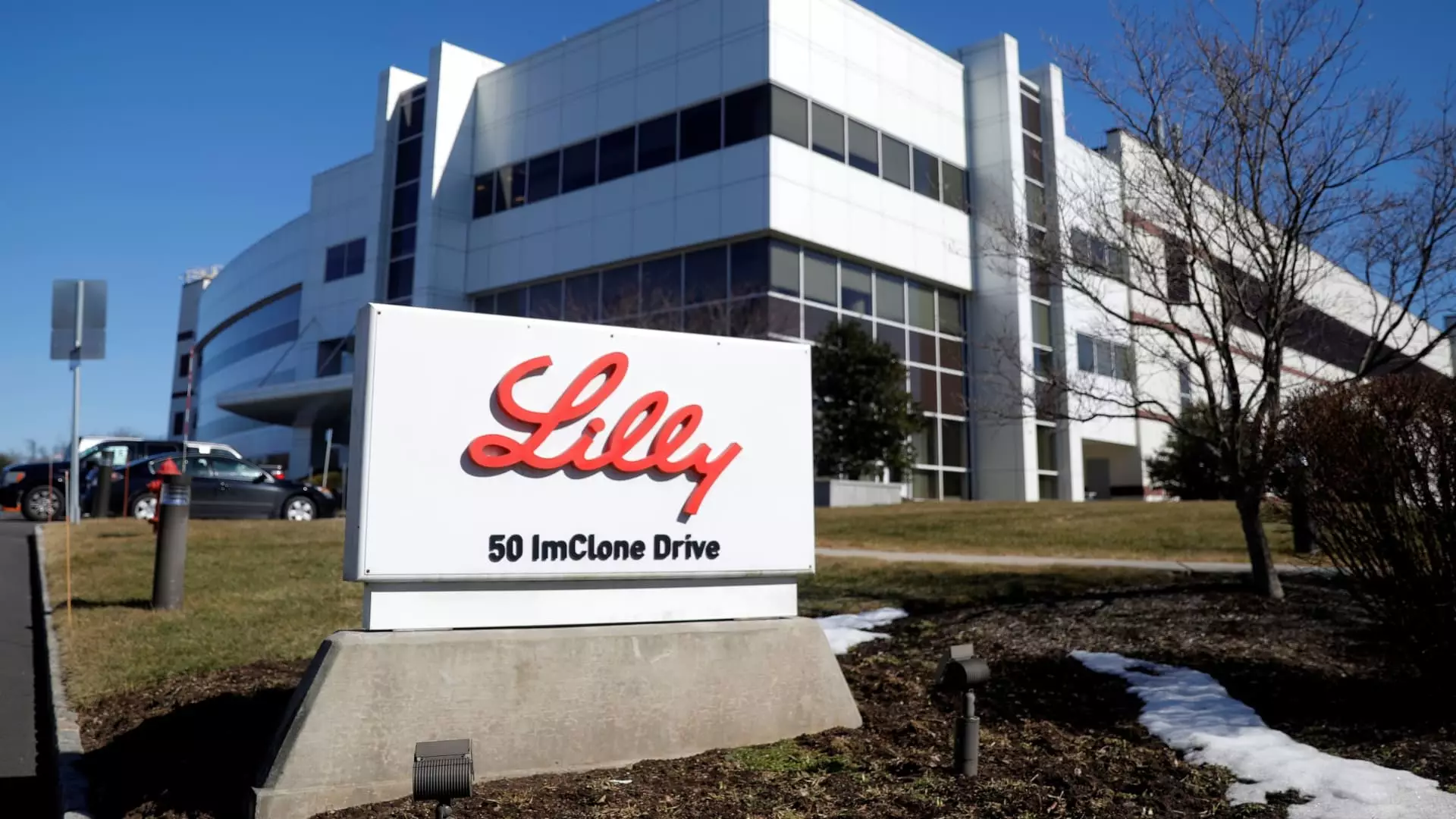Eli Lilly has seen a surge in demand for its weight loss and diabetes treatments, catapulting the company to new heights in the pharmaceutical industry. However, the outgoing Chief Financial Officer, Anat Ashkenazi, acknowledges that there is still more work to be done despite the recent success. She has played a crucial role in handling the increased revenue and investor optimism surrounding Eli Lilly’s diabetes injection Mounjaro and obesity drug Zepbound. Ashkenazi emphasizes the importance of being a knowledgeable student of the business and industry in order to bring value as a CFO. Under her leadership, Eli Lilly has made significant strides in managing the challenges that come with the increased demand for their products.
One of the key challenges faced by Eli Lilly and its competitors, such as Novo Nordisk, is the struggle to manufacture an adequate supply of their treatments to meet the soaring demand. The drugs in question, GLP-1 agonists, are part of a class that regulates blood sugar and suppresses appetite by mimicking gut-produced hormones. The market for these drugs is expected to reach $100 billion by the end of the decade. Eli Lilly has been investing heavily in scaling up its manufacturing operations to address the shortages and get more medication to patients. Ashkenazi highlighted the company’s focus on funneling revenue back into the business to expand manufacturing facilities and increase production capacity.
Eli Lilly has been actively working on enhancing its manufacturing capabilities by constructing new sites and expanding existing ones across various locations. The company has facilities under construction or ramping up in North Carolina, Indiana, Ireland, and Germany. Additionally, Eli Lilly recently acquired a manufacturing site from Nexus Pharmaceuticals and announced a substantial investment in its Lebanon, Indiana plant. With these investments, the company aims to meet the growing demand for its products and improve patient access to medication. The expansion of manufacturing sites underscores Eli Lilly’s commitment to addressing supply chain challenges and ensuring a consistent supply of its treatments.
Despite the strides made in manufacturing and scaling up production, Eli Lilly faces barriers in patient access, particularly concerning limited insurance coverage for weight loss drugs in the U.S. Some insurers are hesitant to cover GLP-1 agonists due to their high costs and concerns about long-term treatment outcomes. Ashkenazi acknowledged the need to expand insurance coverage for weight loss treatments like Zepbound and emphasized the importance of making efficacious drugs accessible to patients. She highlighted efforts to increase commercial coverage for Zepbound and expressed hopes for improved Medicare coverage for obesity treatments to address a range of related health conditions. Amidst these challenges, Eli Lilly remains focused on advancing research and expanding access to its innovative therapies.
One of the overarching issues hindering patient access to obesity treatments is the persistent misconception that obesity is merely a lifestyle choice rather than a chronic disease. Ashkenazi pointed out the need to challenge this perception and demonstrate the beneficial impact of obesity treatments on various health conditions. Regulatory changes, such as the updated guidance allowing Medicare Part D plans to cover obesity treatments with additional health benefits, signal a step towards improving access to essential medications. Eli Lilly’s ongoing research on tirzepatide and its potential applications in treating obesity-related conditions underscores the company’s commitment to addressing the complexities of obesity as a chronic disease.
Eli Lilly’s journey to meet the rising demand for weight loss and diabetes treatments is fraught with challenges, from manufacturing constraints to insurance coverage limitations. The company’s strategic investments in expanding manufacturing facilities and advocating for improved patient access reflect a commitment to innovation and patient-centric care. While there are obstacles to overcome, Eli Lilly’s proactive approach under the leadership of Anat Ashkenazi signals a promising path towards addressing critical healthcare needs and reshaping perceptions of chronic diseases like obesity.



Leave a Reply